- Sat. Jun 7th, 2025
Classic Cars, Movies, Music, and Other Stuff ...
Thanks to Medical Pioneers of the Past
The COVID-19 virus has changed the way we work, play, eat, entertain, socialize, conduct business, and pretty everything else we do on a daily basis.
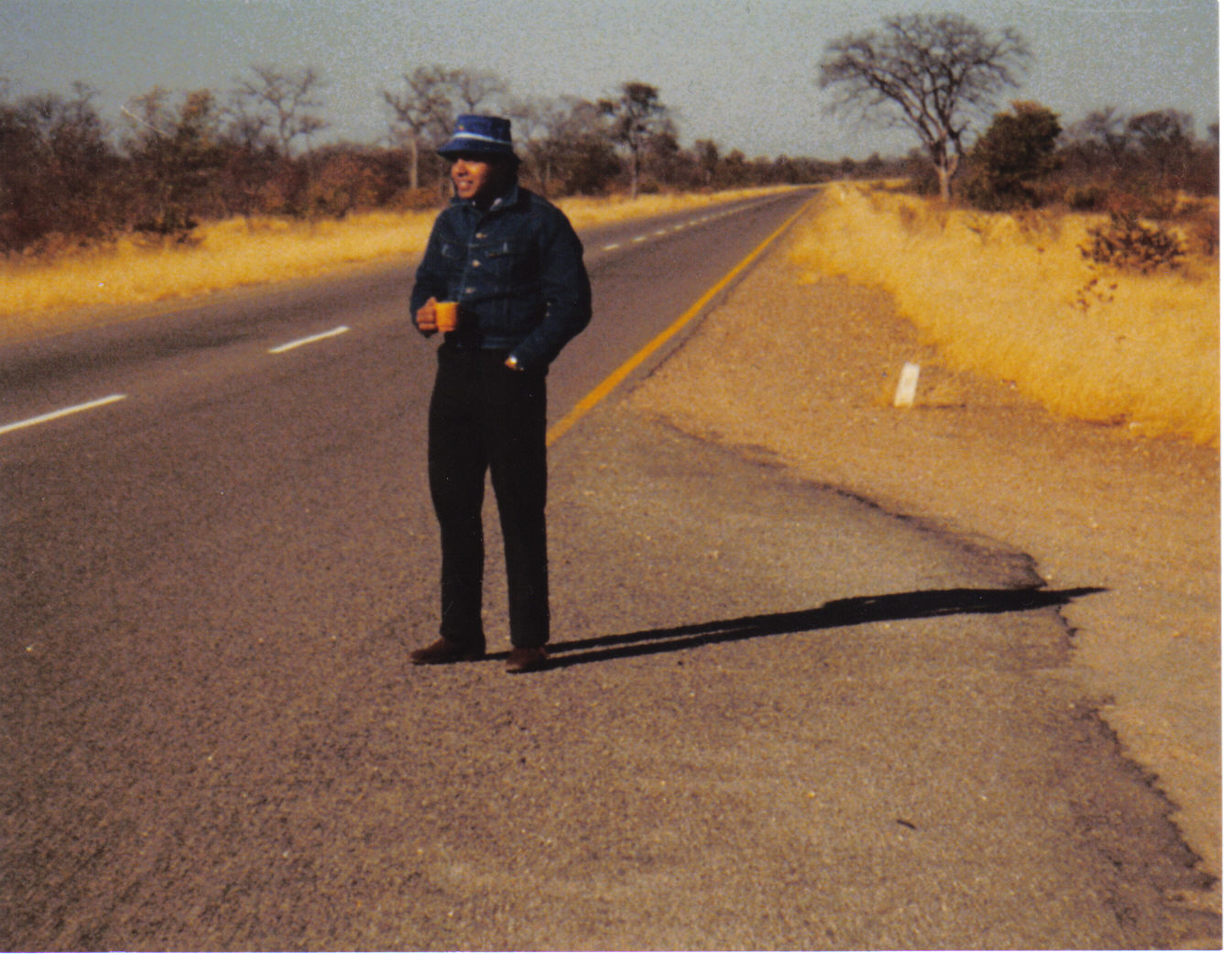
We’ve self-isolated, quarantined, changed all our habits in order to “flatten the curve” so to speak. This is what we are all aspiring for currently in the multi-step process of combating this Pandemic. There has been some spark of optimism, but we’re still far away from the life and world we knew before this virus entered our lives just a few months back.
How long this can go on is anyone’s guess. There’s already frustration and a desire to return back to ‘normalcy’ as soon as possible. But there’s also talk of probably not even returning back completely to the way things used to be. We’re human beings, and such, social animals. This last talk of a ‘new normal’ is not acceptable to anyone. Then there’s talk of slowly, cautiously loosening up our strict distancing and isolation guidelines with a warning that we will face more spikes/waves of this epidemic and have to revert back to strictness until or unless…… And what is that “until or unless”?
The magical word here would be until or unless we come up with a vaccine or antidote to create a resistance to this sneaky and lethal virus. Of course, this is far easier said than done. There is a very scientific, long drawn out, laborious, and risky process involved to this. Right now, there are armies of people in multiple countries racing to find just this kind of solution as soon as possible.
As we salute and thank the front-line workers dealing with this lethal pandemic in hospitals, clinics, retirement/care homes, etc. who risk their health and lives, there are also people working in the background deep within the recesses of medical institutions and research labs. These are the scientists who are busy doing the task of analyzing and studying COVID-19 in order to seek the miracle solution everyone is holding out for.
There are already some trials in progress and other current solutions being studied. From what I’ve read and seen, this task seems very complex and we’ve been warned not to expect a breakthrough really quick.
But this is not the first time the world has dealt with deadly diseases that did immense harm or posed risks to the population. There were other illnesses which pervaded society which have long been eradicated or at best brought under control. This was the consequence of the hard work carried out by scientists and medical professionals of the past. And while we have taken their work almost for granted, this is a good time to remember their contribution to world health, well being, and how they achieved it. The almost forgotten heroes of the past and reading of their exploits makes for a fascinating read.
“But this is not the first time the world has dealt with deadly diseases that did immense harm or posed risks to the population.”
While I was researching them, I was surprised to learn of the many I had never heard of. Let’s go through a list here which does not include all but a random sampling of them:
Rita Levi-Montalcini (1909 – 2012)
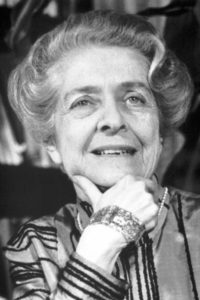
Born in Italy to a Jewish family, Rita was dissuaded by her father from pursuing education seriously as he felt this would interfere with her taking on the ‘traditional duties’ of raising a family and running the household, that were expected of women at that time. Nevertheless, she pursued medical school at the University of Turin after a close family friend died of stomach cancer.
Despite external pressures and roadblocks, due to her Jewish heritage, she continued her research on the growth of nerve fibers in chicken embryos. The rise of Mussolini and WW II added to her struggles, but she persevered through.
After the War, she got the opportunity to continue her research at Washington University in St. Louis where she did the work that eventually won her the Nobel Prize for Medicine in 1986. Her research revealed how cancerous tumors were actually responsible for the growth of nerve cells around them. This was to aid in cancer research in understanding these tumors better.
Ignaz Semmelweis (1818 – 1865)
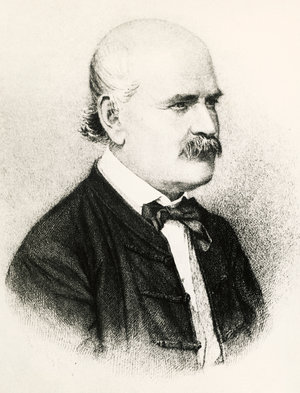
Ignaz Semmelweis was the pioneer of antiseptic procedures in medicine. He was the first to postulate the washing of hands in an antiseptic solution while working with patients to reduce mortality rates. He had discovered the high incidence of Puerperal Fever (Childbed Fever) could be reduced if obstetricians sterilized their hands while working.
He was initially ridiculed and doctors were offended by his theory. Unfortunately, it was only after his death that the importance of his findings on the relationship between germs and death were realized fully. Subsequent findings in other aspects of medicine seemed to verify his theories. While Europe still pretty much rejected his ideas, they were better received in Britain where he may have influenced the likes of Joseph Lister.
However, his advice was eventually taken more seriously over the years as later research continued to confirm it to the point that it is followed to this day. Every time we do the 20 Second COVID-19 hand wash, remember Ignaz Semmelweis.
So ridiculed was Ignaz that it gave rise to the “Semmelweis Reflex” – the human tendency to reject all new knowledge if it contradicted entrenched beliefs, or norms.
He died a frustrated and angry man as much of his work was not accepted during his lifetime.
Edward Jenner (1749 – 1823)
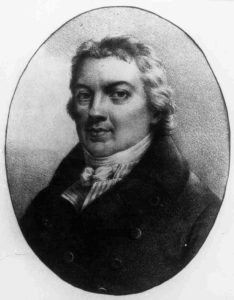
Edward Jenner is widely regarded the father of immunization. While inoculation was already the norm, it was based on a procedure known as variolation. This involved the introduction of smallpox to a healthy person with intent that he or she would subsequently immune to it. However, this carried with it some risks as anyone who got Smallpox was susceptible to death.
Eventually it was noted that Cowpox, a less lethal cousin of Smallpox, could be a better inoculator against the latter. While various methods of inoculation would be used, it was Edward Jenner who came devised the most successful form of vaccination against Smallpox.
Nevertheless, it was not until 1840 that his work was formally accepted by the Royal Society and variolation was finally replaced by the vaccine. Thus, he ushered the safer alternative to immunization against Smallpox – which was then finally banished from the world.
Rosalind Franklin (1920 – 1958)
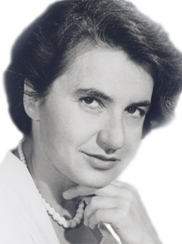
Born at Notting Hill, England (yes that Notting Hill). Rosalind Franklin’s work on the fine structure of coal and graphite were to come useful later as she helped in understanding the molecular structure of DNA and RNA.
Her studies helped her become a successful X-ray crystallographer. In 1951 she became a research associate at King’s College, London where work on X-ray diffractions studies would facilitate the discovery of the double helix structure of DNA. But due to differences with some of the team members, Rosalind had to leave the project. This work helped James Watson, Francis Crick, and Maurice Wilkins share the Nobel Prize in Medicine in 1962. She deserved to share this award with them, but had already passed away in 1958 at a relatively young age of 37.
After leaving the team at King College, she pioneered work on the molecular structure of viruses. After her death, this team too continued the research and went on to win the Nobel Prize in Chemistry in 1982. Unfortunately, once again, Rosalind Franklin was not there to share this award either.
Werner Forssmann (1904 – 1979)
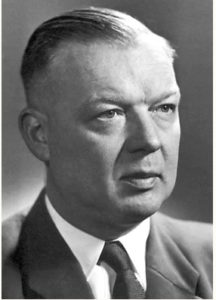
Born in Germany, Werner Forssman, developed the procedure that enabled Cardiac Catheterization. He theorized that if one inserted a catheter directly to the heart, medicine could be delivered directly to it along with other procedures like measuring blood pressure.
This was considered very risky at the time as the belief was it would be catastrophic for the heart. Such was his confidence that in 1929, Werner decided to experiment the procedure on himself. In fact, he persuaded his assistant, a nurse, to help him by agreeing to do the procedure on her. Instead he deceived her and pushed the catheter up his own left arm a full 60 centimeters into his right ventricular cavity. All this was done under X-ray to prove his success. However, his tendency to be insubordinate as he pursued his research led to repeated dismissals.
He eventually had to abandon cardiology and took up urology. During the War, he joined the Nazi Party and reached the rank of Major and was eventually captured. After the War, he continued working on urology. While he was imprisoned, his papers were studied by Andre Frederic Cournand and Dickinson W. Richards.
His work on heart diseases was recognized in the 50s when he was awarded the Nobel Prize in Medicine in 1956 in this field with Andre and Dickinson. Without him the procedure of Cardiac Catherization, used often to help heart patients, may never have developed.
Karl Landsteiner (1868 – 1943)
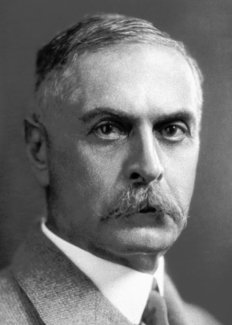
Regarded as the father of transfusion medicine, Karl Landsteiner received the Nobel Prize in Medicine for his work in identifying the various blood groups, and classifying them. Later he also helped in the discovery of the Polio Virus.
Born in Austria-Hungary, he attended the University of Vienna where he studied the influence of food habits on blood. Further studies in blood, led him to identify the different blood groups. This research also led to the discovery that blood could not be transfused between these various groups as it led to the destruction of blood cells. This led to the first successful blood transfusion in Mount Sinai Hospital in New York in 1907.
During his tenure as associate professor of pathological anatomy, he with Erwin Popper, isolated the Polio virus – a study which was subsequently instrumental in the fight against Polio. In 1958, for this work, he was inducted to the Polio Hall of Fame at Warm Springs, Georgia.
Because of this research, we now know that people with AB blood group can receive blood from other groups, and those with O Negative can donate theirs to any another blood group. After World War I, Karl moved to the US where he researched the immunology and allergy and also discovered more blood groups which would be later used in resolving paternity cases.
Alexander Fleming (1881 – 1955)
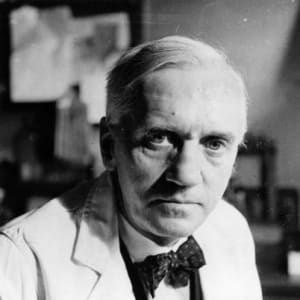
Everyone knows what Alexander Fleming, the shy, bespectacled, Scotsman is famous for. Need I remind you? Okay, since you want to hear that story again. I’ll keep it short and simple. After witnessing the deaths of soldiers in World War I, not to due to their wounds, but subsequent bacterial infections, the Medical Corp captain decided to research a solution for this.
During his research, he stumbled upon the fact that mucus was effective in inhibiting bacterial growth that had been the cause of the eventual deaths of the soldiers. This interesting discovery encouraged him to investigate further and found that certain mould was very effective in killing off harmful bacteria.
It was actually the ‘juice’ from this mould that was responsible for this destruction of the bacteria. He isolated this juice and called it Penicillin. Penicillin was to help combat illnesses such as pneumonia, gonorrhoea, diphtheria, scarlet fever, etc.
For this discovery he won the Nobel Prize for Medicine. He stated that he had not “invented” Penicillin as it always existed in nature. He was just fortunate enough to have discovered it quite by accident.
Fredrick Banting (1891 – 1941)
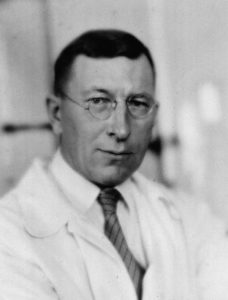
Canadian Frederick Banting is someone everyone should also be familiar with too. If not, he is definitely worth remembering as someone who helped give new life to people with Diabetes. He learned early on, the link between the secretion of Insulin by the Pancreas and the metabolism of sugar in the body. People who suffered from Diabetes lacked the proper amount of insulin thus throwing off their metabolism resulting in damage to their body organs and an early death.
Banting decided to work on obtaining this much needed Insulin from fetal pancreas of calves. Thus, he successfully made available this Insulin from beef and pork pancreas which helped Diabetic patients lead a more normal life. Banting was not alone in this, but shared the Nobel Prize in Medicine for this work with J. J. R. Macleod. He shared his half of the money with Charles H. Best, one of his students, who Banting felt, was equally deserving of the award. Macleod shared his half with James Collip, a biochemist, who also assisted them.
Without Frederick Banting’s research into Insulin, Diabetics would have been relegated to a relatively short life.
So, there you have it. A quick synopsis of some famous medical scientists who revolutionized the way we treat illnesses, and help combat what would otherwise have been deaths on a large scale. And now we are once again facing a pandemic of enormous proportions.
The idea was not to simply go through their achievements in the past, which is obvious, but how these people tirelessly researching in the background are our soldiers during these times of illness and mayhem. Of course, there are many others I have not touched on. But hopefully I have, through this brief, sparked in you an appreciation for these people and those currently working away in the background who you do not, and may never really see. Let’s wish them all the best of luck and safety and hope they too either discover or stumble upon a cure or resistance against this dangerous contagion that is ravaging the world currently. While a Nobel Prize would be apt for the person(s) who succeeds, the gratefulness of the world would be priceless.
